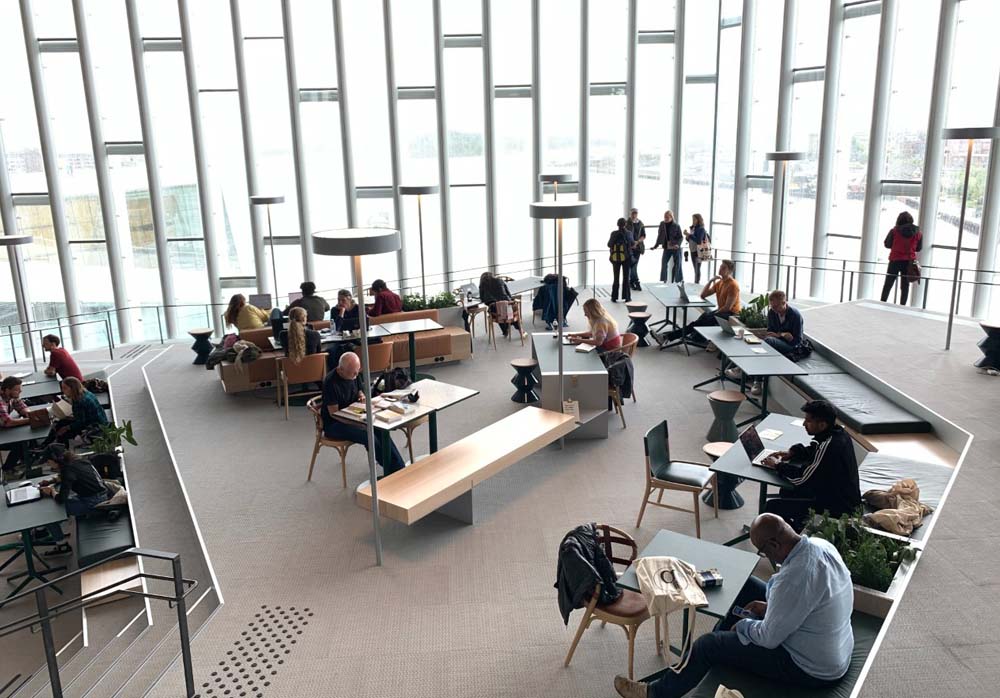In the constantly changing landscape of benefits for employees, organizations are always looking for new ways to draw and keep the best talent. Lunches that are subsidised, especially those offered in corporate cafeterias as well as other workplaces are a great option to promote a healthy working environment and increase employee satisfaction.

Understanding Subsidized Meals:
A cafeteria for employees that is subventioned by the company is more than an opportunity to grab a quick bite. It’s an expression the firm’s commitment to employees’ wellbeing and well-being. The basis of this program is in the idea of subsidised food. Employers choose to contribute a portion of the cost of food, allowing employees to have the opportunity to have healthy and affordable alternatives right on site.
Economic Benefits for Employees:
Subsidized meals can be a fantastic method to alleviate employees’ financial burden. In a world where the cost of living is rising the financial burden of daily food can be substantial. The subsidization of food choices allows employers to ease the financial burdens of their employees and allows them to take advantage of high-quality meals without straining their budgets.
Strategic Effect on Employee Satisfaction
Subsidized meals are not only economically beneficial, but they also boost satisfaction of employees. A well-fed workforce is a satisfied and engaged workforce. The convenience of having subsidized lunch options on-site eliminates the need for employees to venture outside the workplace in search of food, saving time and reducing stress.
The shared nature of corporate cafeterias also encourages camaraderie and unity among employees. The shared meals offer opportunities for networking, collaboration and the casual exchange of ideas, ultimately contributing to the development of a more dynamic and cohesive workplace.
Culinary Diversity & Employee Preferences
Subsidized food is also a good fit for the varied culinary tastes of contemporary workers. Corporate cafeterias offer many options to accommodate different dietary preferences and preferences. No matter if an employee is vegan, vegetarian, or has particular dietary restrictions, a subsidized lunch program will ensure that everyone has access to various nutritious and satisfying meals.
The Role in Health and Well-Being:
Employee health is essential to productivity and long-term business success. Subsidized meal programs promote healthier food choices, which can in turn improve the wellbeing of employees. Menus can also be developed by collaborating with nutritionists to encourage healthy, balanced options. This can positively impact the overall health of employees.
A Positive Work Culture Work:
Subsidized food plays a significant influence on the working environment. They communicate to employees that their well-being is important to the business. This gesture goes far beyond financial compensation. It creates a caring and positive atmosphere which fosters dedication and loyalty among employees.
Win-Win Situation for Employers
While the benefits for employees are obvious, subsidised meals also create an opportunity for employers to win. A healthy and happy workforce is more likely to be productive, creative and motivated. Positive effects on retention of employees and recruitment can result in long-term success for the business.
Conclusion:
Subsidized meals, especially in the form of corporate cafeterias are much more than a line item of the employee benefits package. These meals reflect a strategic commitment to the wellbeing, health and achievement of employees. In the ongoing battle for talented workers, providing meals at a discounted rate is a great way to create a positive workplace culture.
